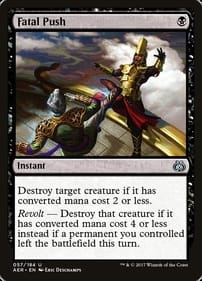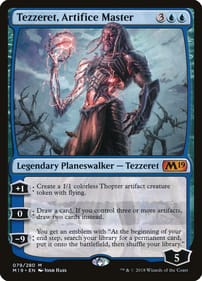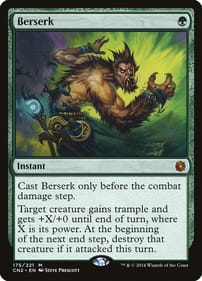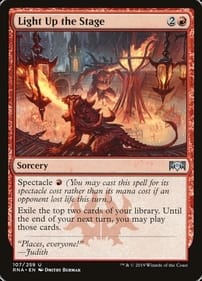By: James Ness
Heyo!
Since I last spoke about ramp, I thought today in Smoothing the Curves we’d take a bit of a closer look at M:tG’s most notorious headache: ramping.
There are a lot of different ways to ramp and sadly, not all colours are created equally in this regard. Green, as should come as surprise to no one, is the easiest to colour to ramp in and as such, my personal philosophy is to always lean into green in any deck with any green for the most robust acceleration.
Land fetching is my favourite with spells like Rampant Growth and Harrow (sorry Cultivate – you just suck!) as it is often taboo in many play groups to pursue land destruction in most any form.
Please note, this is not the gospel – Armageddon is not banned in our format and not taking proper precautions against this as a potential strategy may leave you high and dry.
Typically, I’d first of all advocate for a blend of ramp types, as anyone wiping all of one type of permanent off the table will usually leave another untouched, so you retain bounce back with a diversified mana portfolio.
Consider your options: Land Ramp (Rampant Growth), Mana Rocks (Talisman of Conviction), Creatures (Birds of Paradise), Enchantments (Utopia Sprawl), Spell Bursts (Dark Ritual) and so on.
My next requirement is speed. Gone are the days when Commander’s Sphere or Darksteel Ingot were strong inclusions – their rate of return is simply not great – 3 mana invested to net 1 is not great and I try to avoid this wherever possible.
I am especially critical of rocks costing more than 3. Nyxbloom Lotus, Gilded Lotus and Thran Dynamo all tempt with large amounts of mana, but there are two-and-a-half points to consider with these kinds of cards.
Note: I am only considering rocks as just that – rocks that were hard cast with the intent of netting big mana to advance your board and not niche examples involving cheating them into play or any other shenanigans.
- Dumping 5 mana into something in the mid or late game has minimal impact on your board state – it doesn’t protect you, your board or advance your board meaningfully – it’s an investment in next turn. Consider what your opponents are likely to be doing on turns 3, 4 and 5 – when these cads are likely to hit the table. If they’re doing things you’re either envious of or quietly wondering if you have any answers to, you may want to revisit your strategy to put yourself into that position.
-
At 5 mana, is this really still “ramp”? I’d argue that 5 mana mana rocks are actually distracting from a greater, often more fundamental flaw with the deck – and that solution is not the amount of mana required to operate. Rather than try and ramp over these rough edges, see if you can find another solution – maybe the problem isn’t the problem you think it is.
- 5 mana is a damn lot of mana! Even 4. Hell, even 3! Consider your feelings if you’d spent turn 4 dropping a Gilded Lotus and on your end step the next players cast Nature’s Claim targeting it? These kinds of rocks are lightning rods for removal. It’s highly unlikely anyone will specifically target your Wild Growth in this way. It’s just a feel bad to spend a mid-game turn trying to accumulate more resources, only to have them stripped on your end step – you’re lost your turn, tapped down 5 mana and lost a card.
For decks not running green, the options are disappointingly…well, disappointing. Boros for example has you almost entirely at the whims of amazingly effective yet painfully narrow spells like Gift of Estates and Tithe – white “ramp” spells famously only search out plains to hand rather than basics to play. Smothering Tithe while in dire need of a reprint as its price is soaring as it’s sees synergies in many decks, not just mono white.
This unfortunately requires an almost uniform investment in a ramp package that looks almost exclusively like: Sol Ring, Arcane Signet, Talisman of Conviction, Wayfarer’s Bauble, Coldsteel Heart, Mind Stone and Fellwar Stone. Sadly, this pushes the price up for these cards while green remains not only able to comfortably ramp in any fashion, but also for mere pennies by contrast.
You may have to get creative depending on the colour, but make sure that you consider:
- What colours do you have at your disposal to lean into?
- How does your deck operate?
- How will you recover from a board wipe or a lockout of a type of resource?
Or just play mono green.






